After spending one day exploring Dushanbe and weathering the heat of the lowlands for the last time, we got up at 5 AM the next morning to make our ride to Khorog, at the foothills of the Pamir mountains. It’s a long way: 16 hours by jeep on some quite rough roads. Our driver looked no older than sixteen, which didn’t give us a lot of confidence, but he made up for his lack of experience by driving very slowly. Nevertheless, every half an hour or so we were pulled over by the police; each time the driver took some cash out of his pocket and quickly settled the matters. It’s amazing how prevalent in these parts is this state-endorsed form of highway robbery.
After 8 hours of driving we made a stop at a roadside restaurant, in which we had the standard roadside meal: mutton soup, mutton barbecue and flat bread. Then we boarded again for another 8 hours. Our driver was splashing water on his face to keep himself awake. He also stopped once in a while to fill his car’s radiator with water from whatever river we were crossing at that point, however murky that water was — it’s a miracle this car was still going at all. After a few hours the road reached the Pyanj river, and then followed it until Khorog; on the other side of that river lies Afghanistan. At some points Afghani houses were just 100 meters away from us, and unless something extraordinary happens, this is as close as we’re ever going to get to that country, so it was quite exciting.
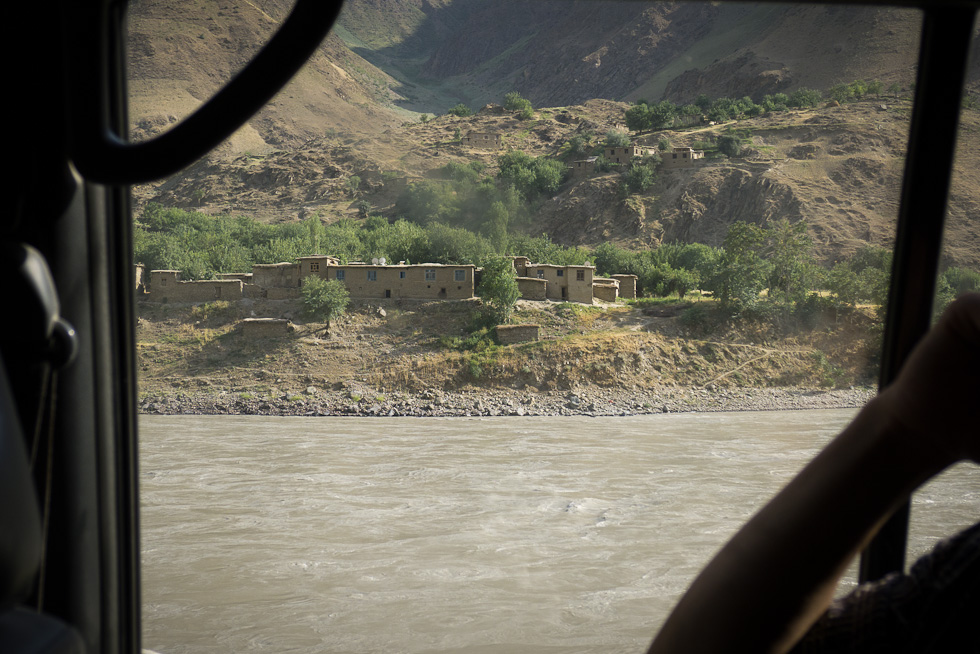
We reached Khorog not long before midnight and settled in a hostel called Pamir Lodge. The Lodge is a focal point for travelers in the Pamirs, and it was great to be in a backpacker hub once again. Among those travelers was an Israeli couple, Aviad and Ruth, a religious pair from the settlement of Kfar Eldad. We got along really well and decided to spend some time together.
As it happened, Khorog was having a celebration at the time we were visiting. The Pamiris are followers of Ismailism, a sect of Shia Islam, and they were celebrating the 54th anniversary of their leader’s ascent to the throne. The leader, Aga Khan IV, lives in France, but he manages a fund which finances many community projects in the Pamirs and provides a lot of much-needed relief in the poor communities, so he is universally revered and a picture of him graces every house in the region. For the celebration the fund provided a cache of prizes and a wrestling competition was organized to give them away. The prize cache was a very eclectic collection, including items such as teapots, electric kettles, sheep, carpets, framed photographs of Aga Khan and a couple of refrigerators. The wrestlers battled two pairs at a time, requiring two wins to get a prize. An old man sitting next to me inquired whether we had similar celebrations in our country, and when I answered that we didn’t, he was genuinely surprised and asked “why?!” Frankly, I didn’t even know what to say. After that he asked whether we found the competition interesting; I answered that we did, and that satisfied him for two minutes. Then he asked again — apparently he forgot that he did already. The same answer, and two more minutes of silence. Then back again. This went on until we left. By then the Aga Khan photos were all but gone; the two refrigerators were still standing unclaimed.
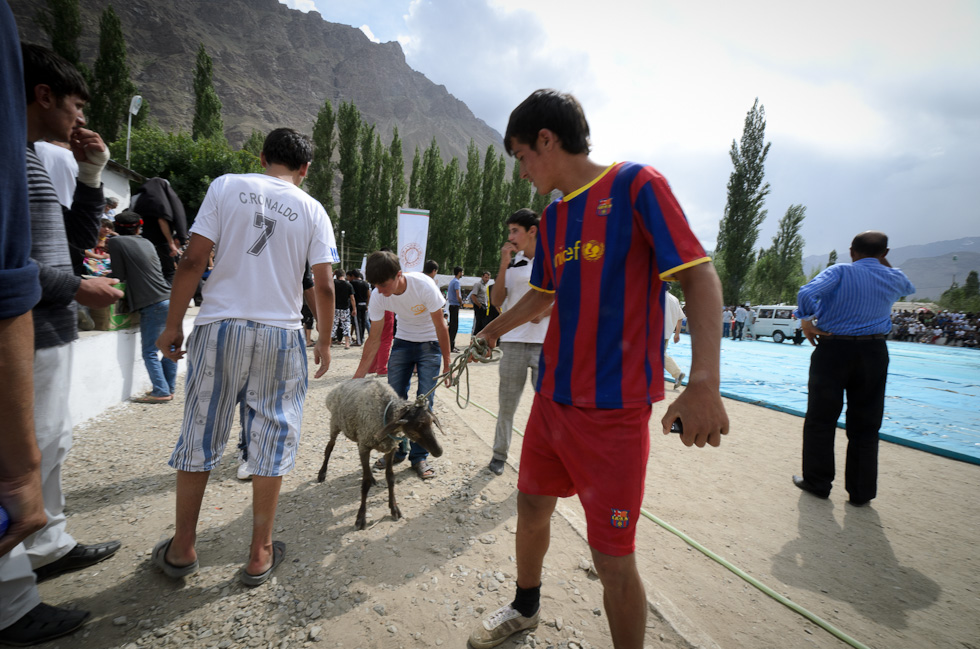
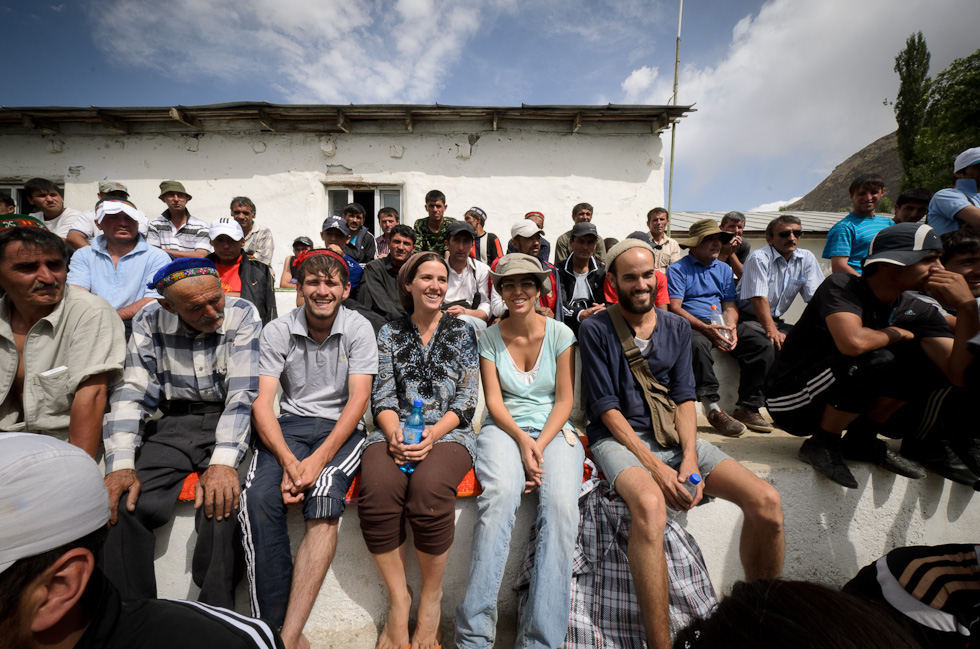
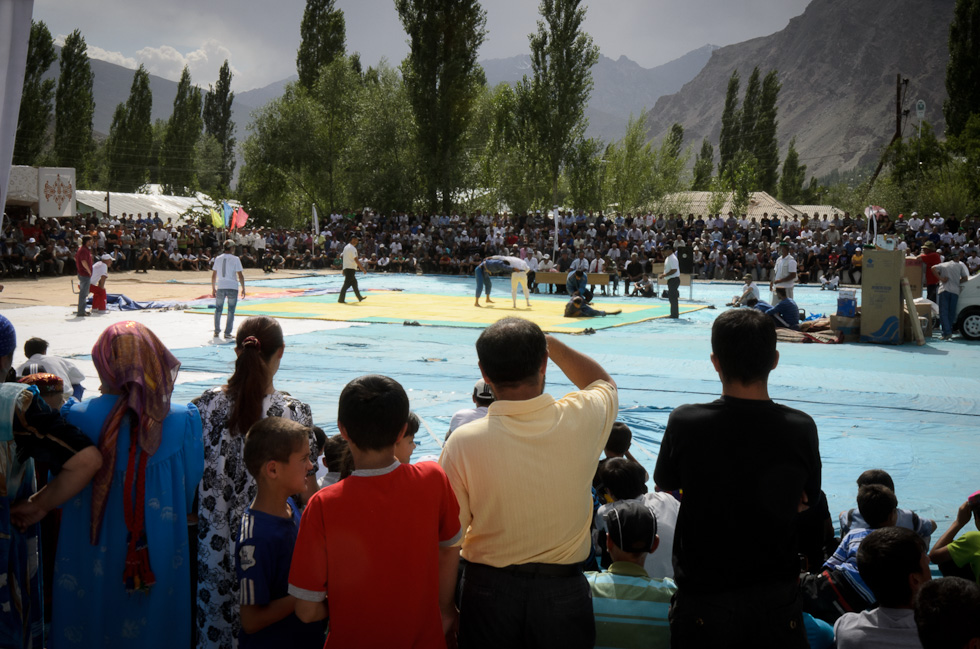
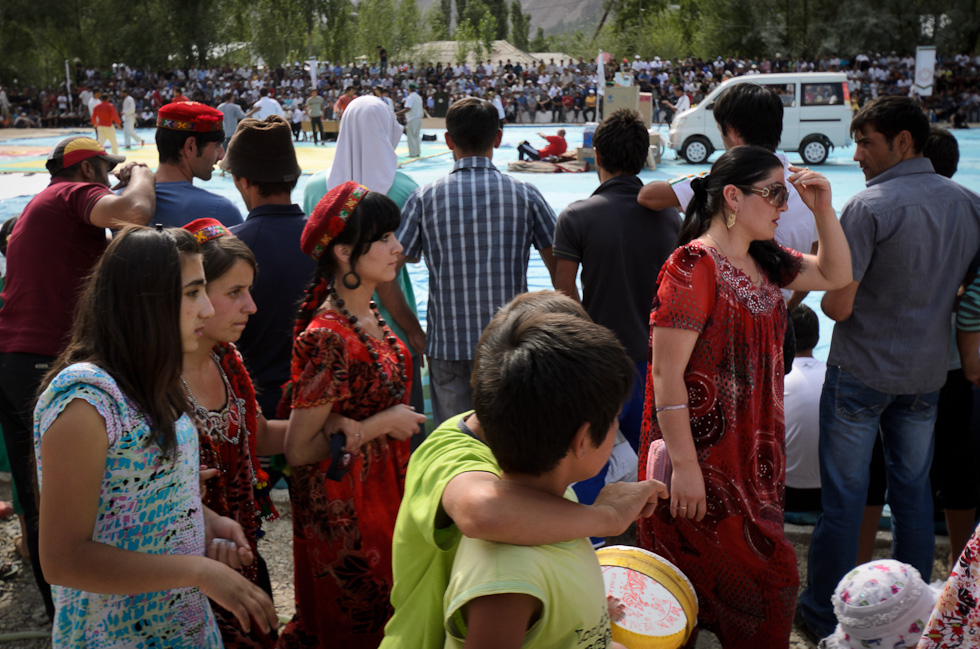
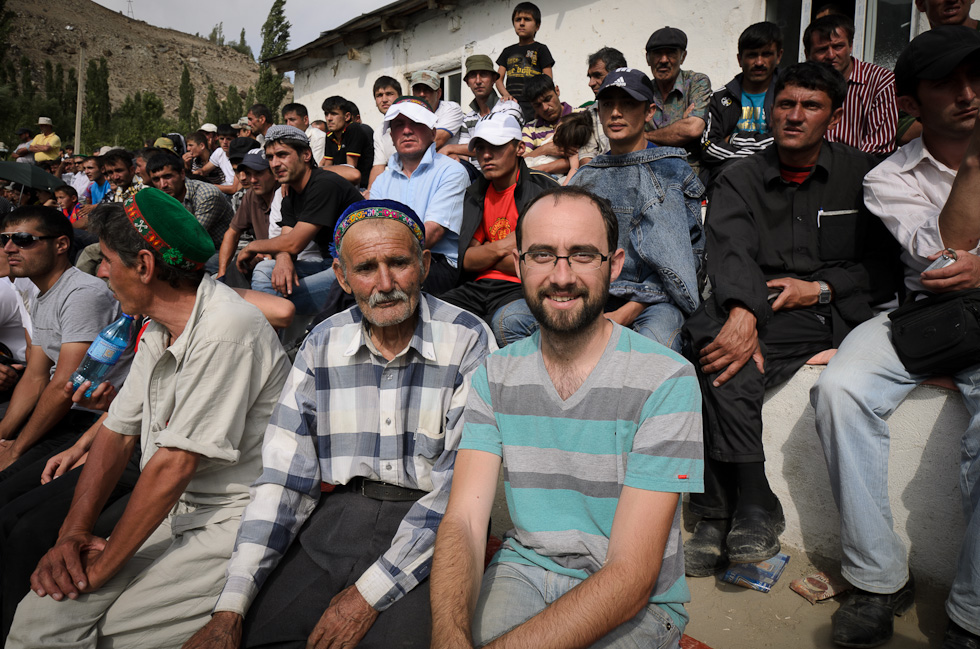
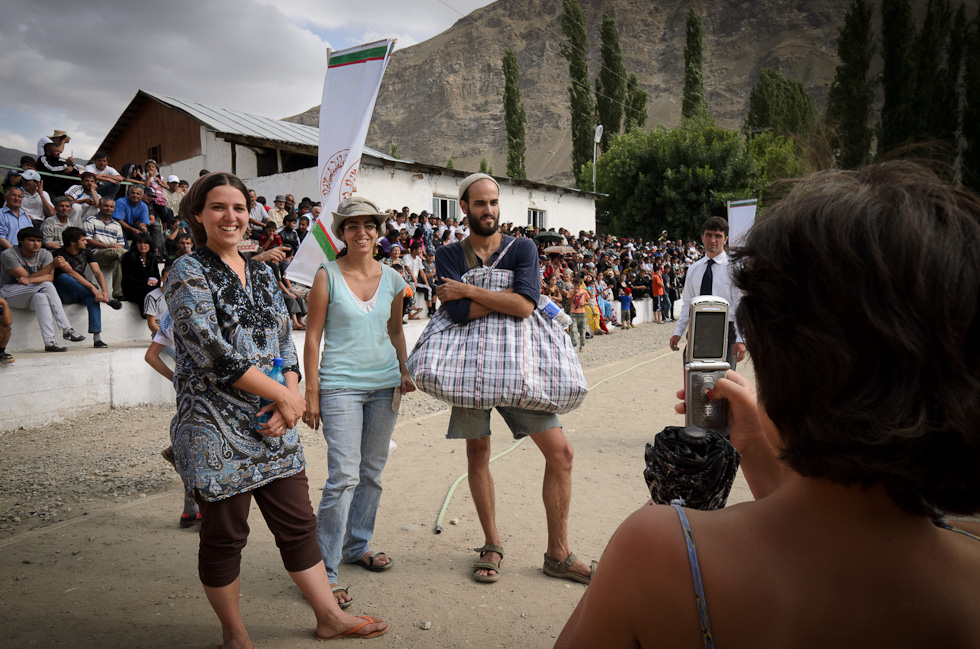
Khorog is a fairly large city, the largest in the Pamirs, and it is the starting point of the Pamir Highway: the road, built by the Soviets in the 1930s, which crosses the entire range, and ends in the city of Osh in Kyrgyzstan, providing a vital lifeline for the dwellers of the Pamirs who depend on outside supplies for most of their needs. This is the path we’re going to follow on this part of the journey, stopping on the way for side trips into the mountains. Together with Aviad and Ruth we set out on our first segment of the ride, to the village of Bachor, from which we decided to do a four-day trek to a mountain lake.
A rickety Chinese minivan took us at some expense from Khorog to Bachor. We entered the village, intending to find a house to leave some of our stuff while we’re away on the trek; we found a place, but it didn’t end there, because in Bachor they were also having an Aga Khan celebration. There was no wrestling competition, just music and dance in one of the houses. This was our first acquaintance with a Pamiri house, which is quite interesting. The rooms are large, with raised platforms by the walls surrounding a central floor area. There are no windows, only a skylight in the ceiling, which itself is supported by columns at the corners of the floor. Food is served on the raised platforms. After offering us tea, bread, yogurt, sweets, and plov — pretty much everything they had in the house — they rushed us in into the “dance hall”. This was just another room where music was playing, and people were singing and dancing. We joined them for a while and then excused ourselves so we can start our walking. One of the men showed us the trail head and we set off.
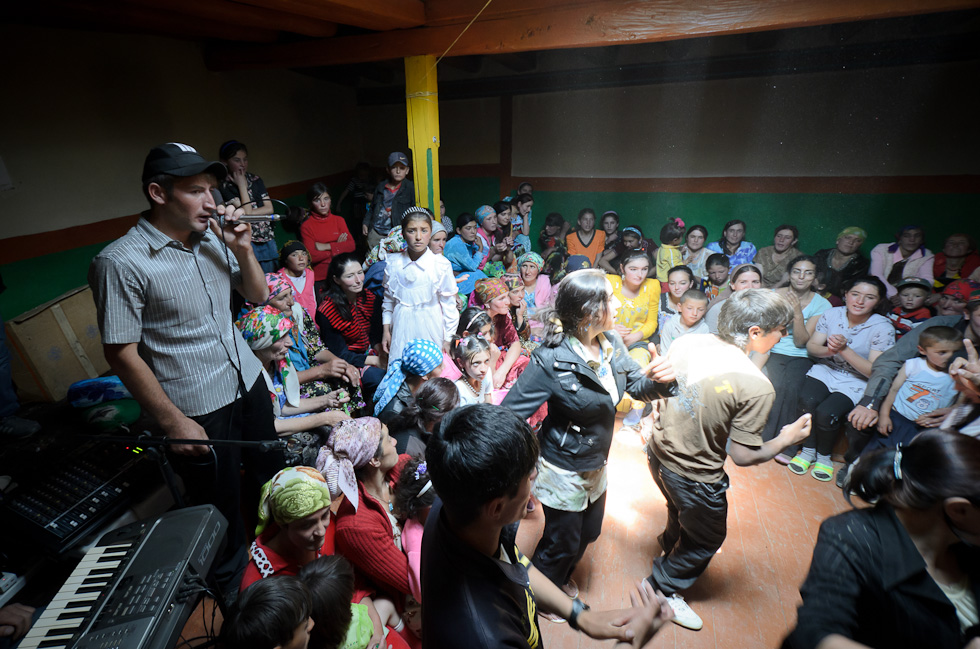
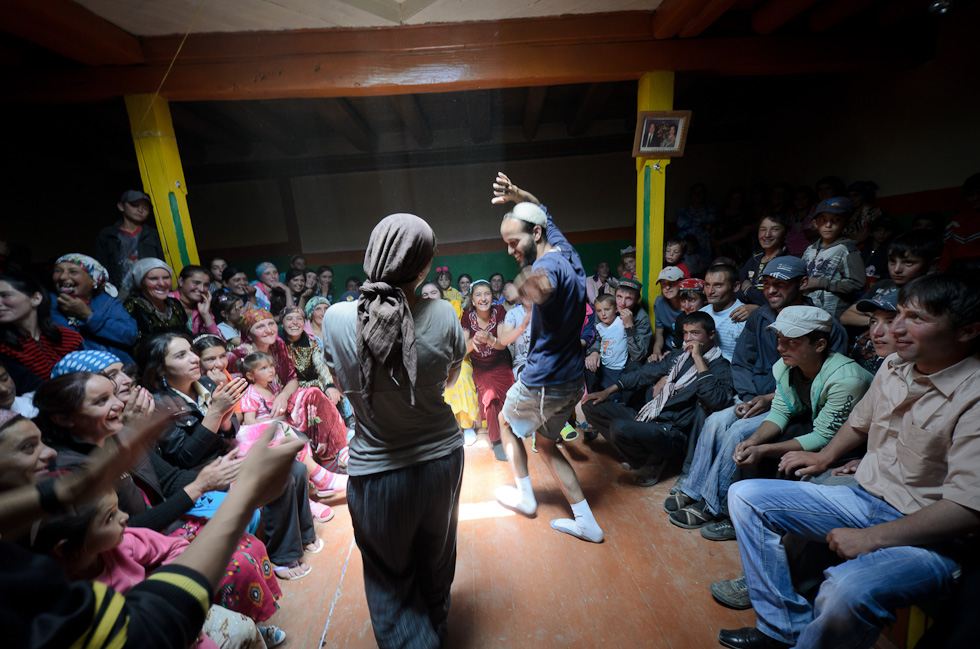
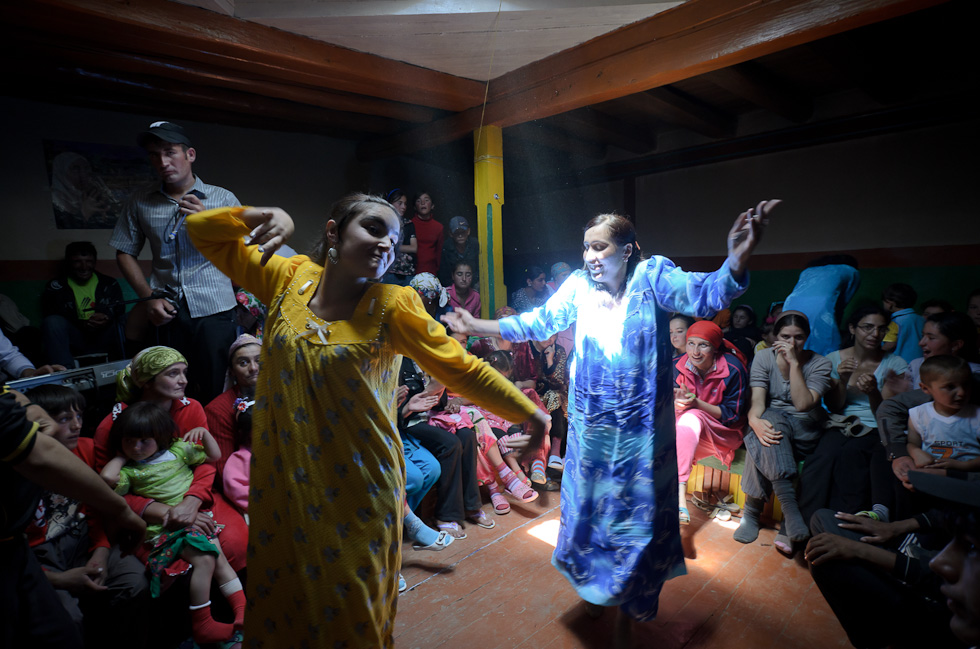
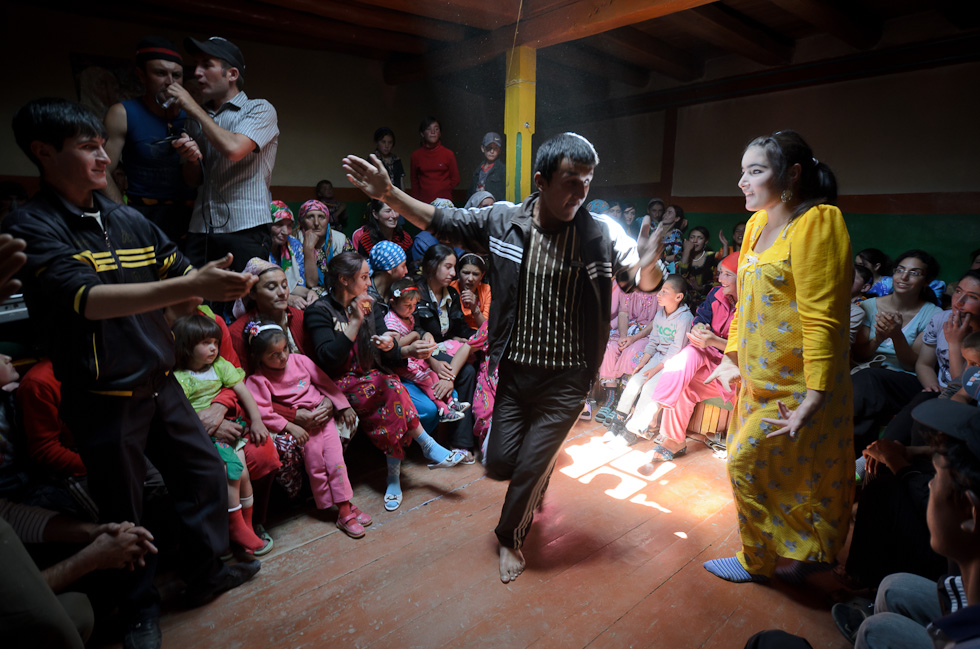
Alas, the lake to which the man sent us was not the lake we intended to go to. We realized the mistake only by evening, so we camped and in the morning returned to the village to start again from the other side of the river. This mistake cost us almost a day of walking, and we had to go at a much faster pace from that point in order to make up for the lost time.
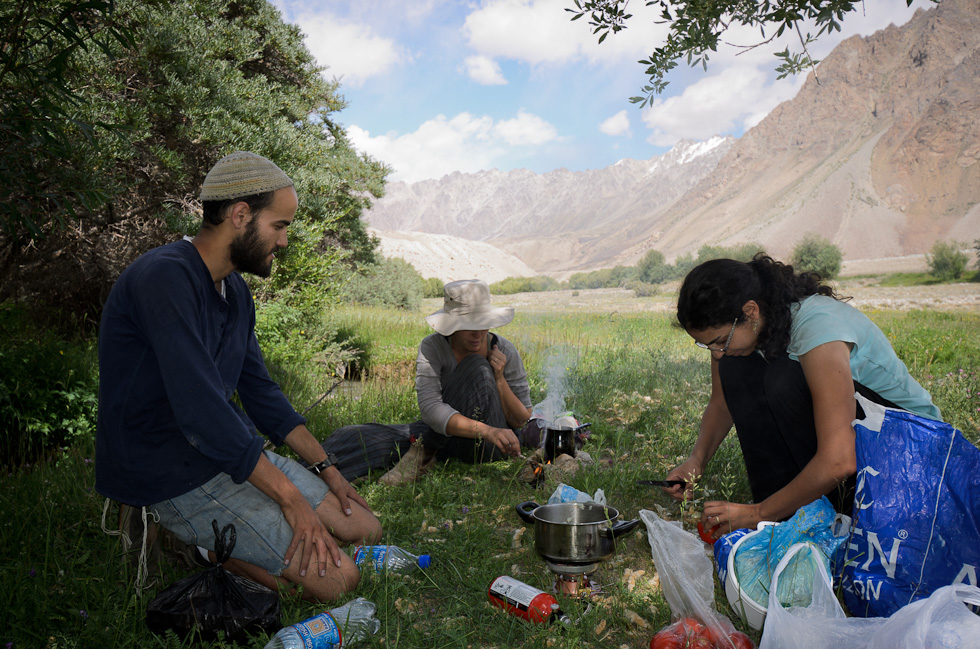
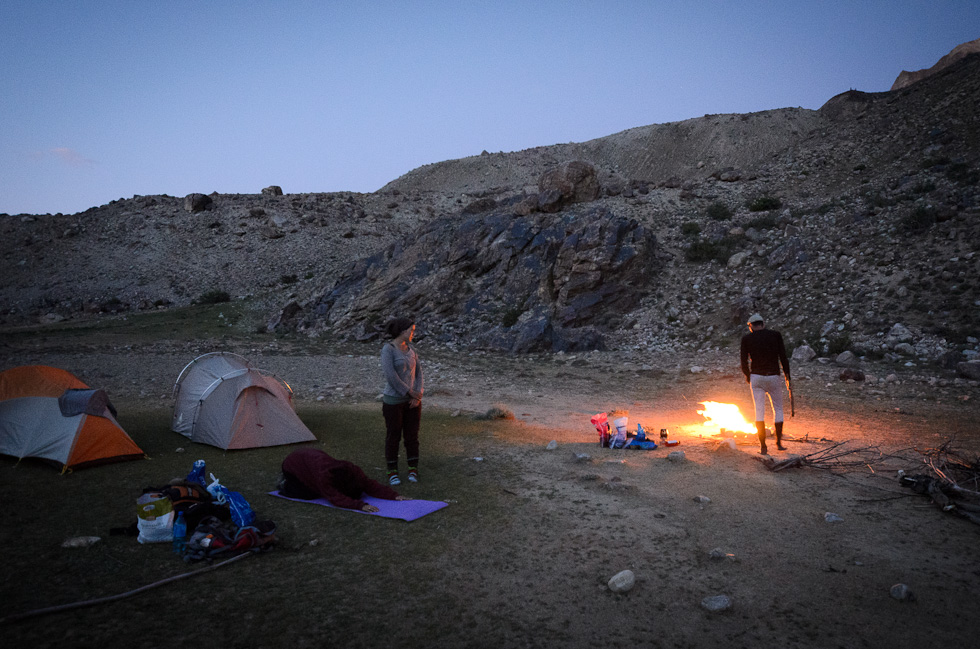
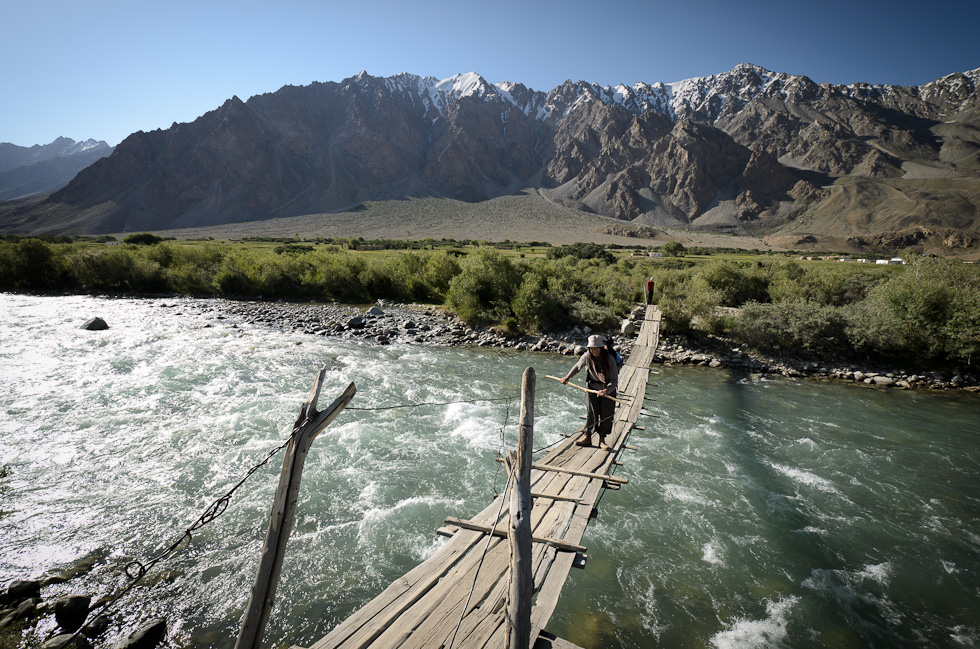
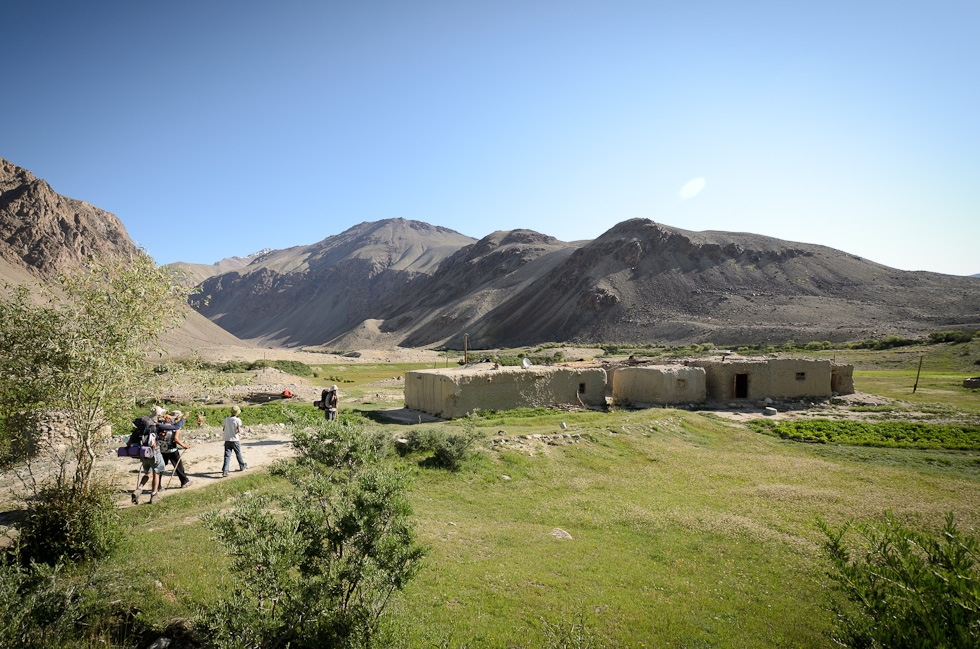
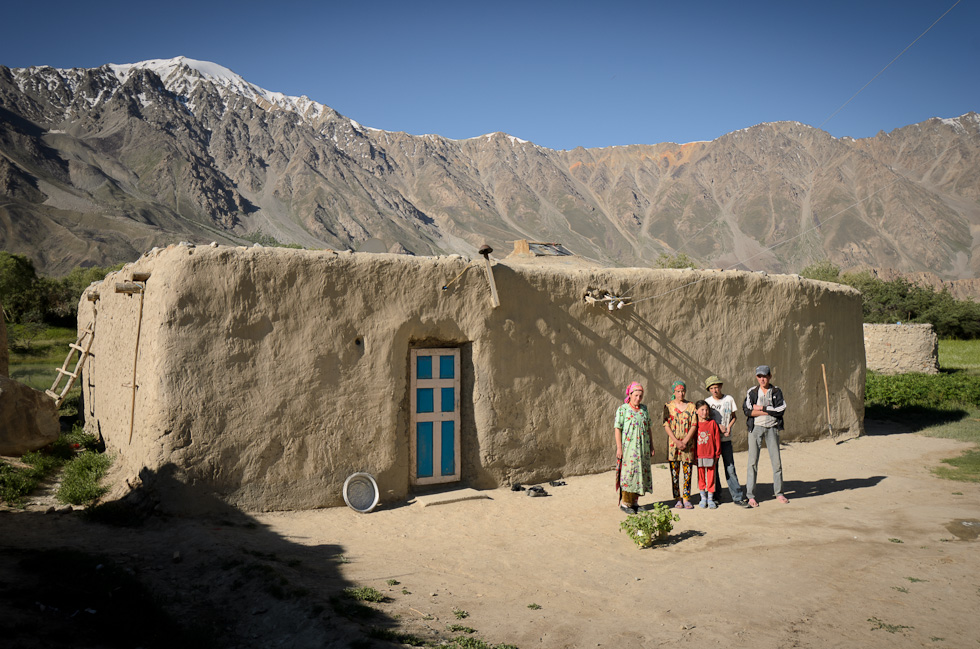
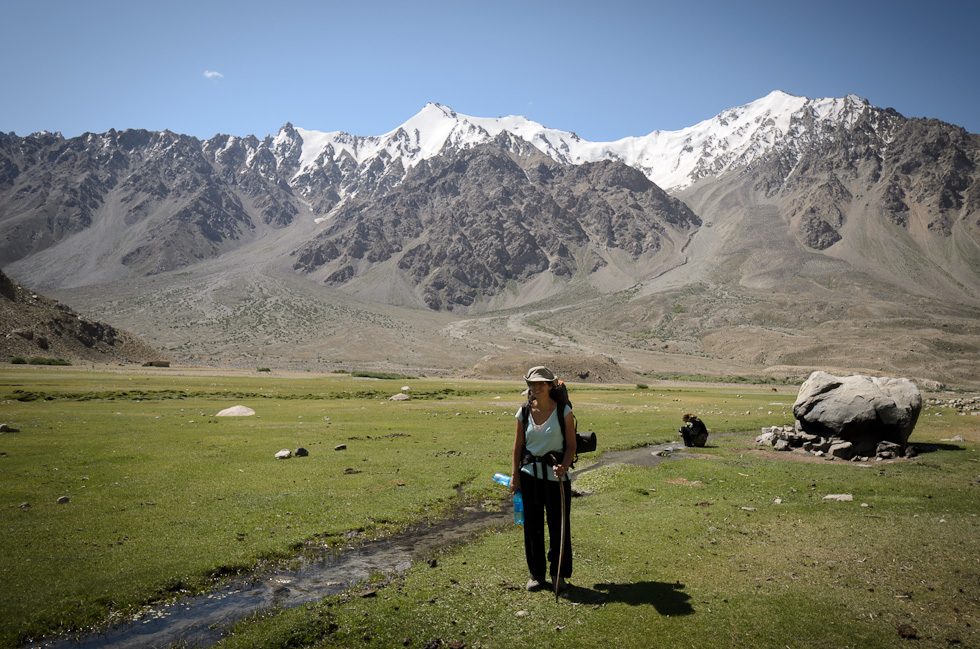
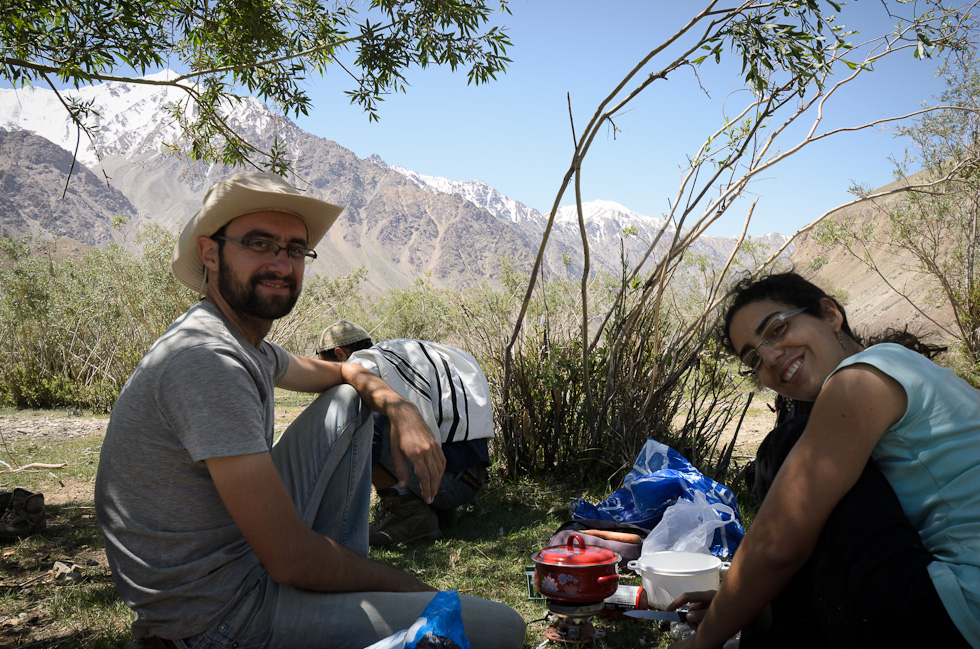
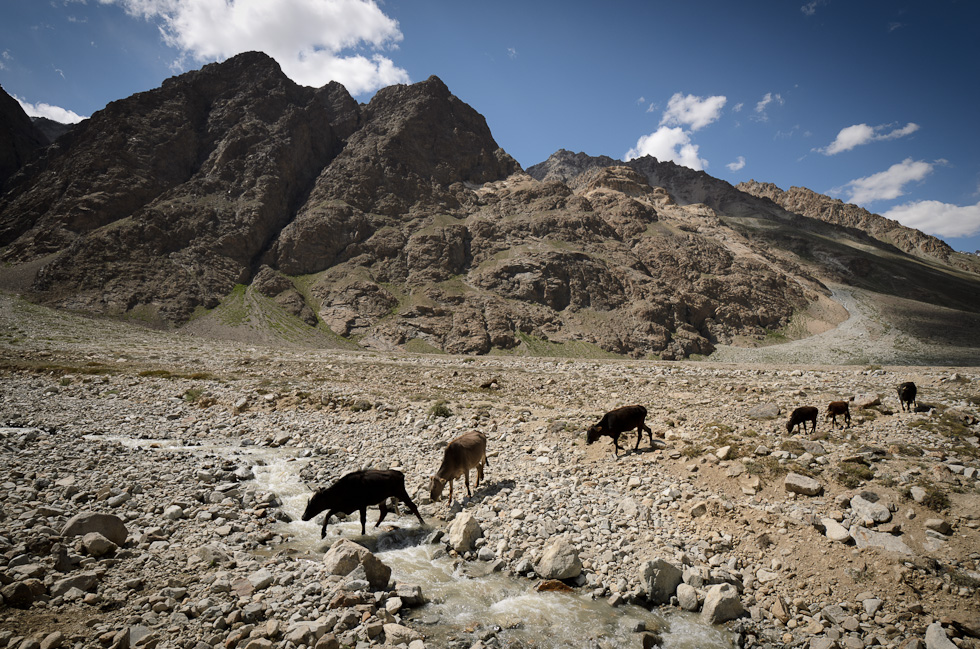
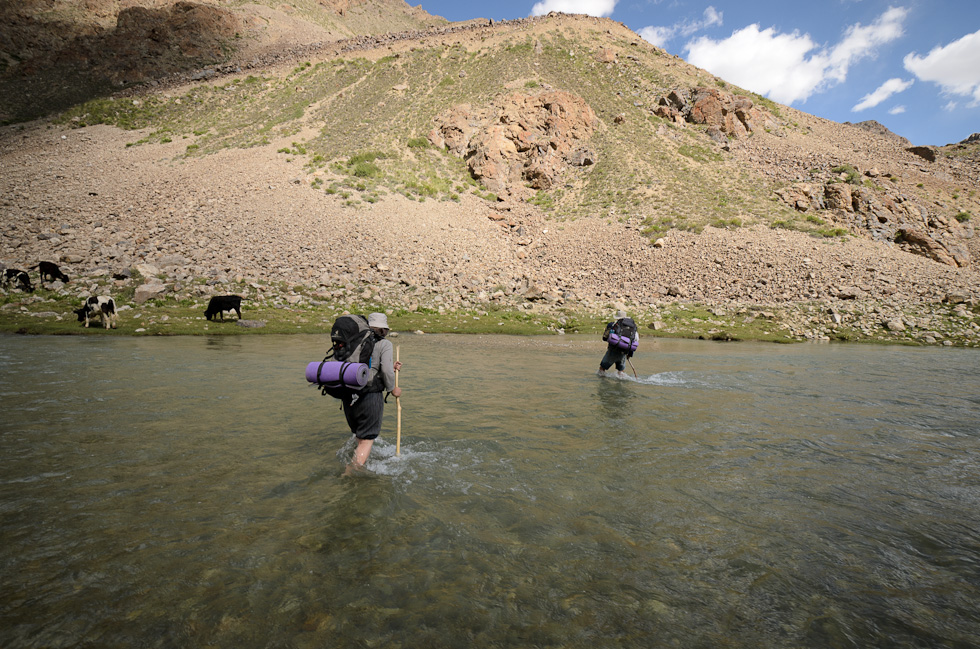
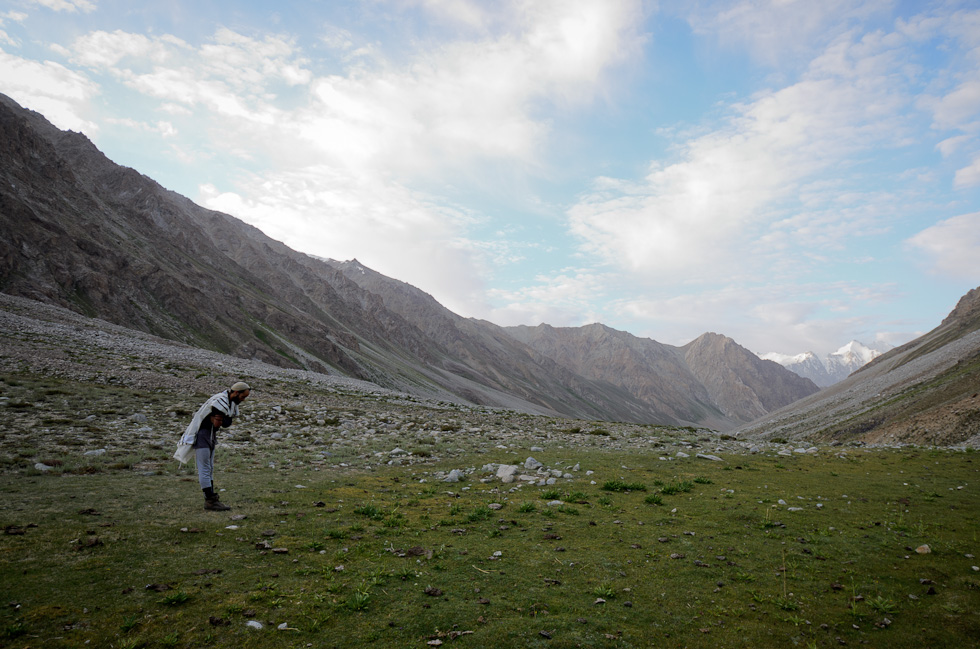
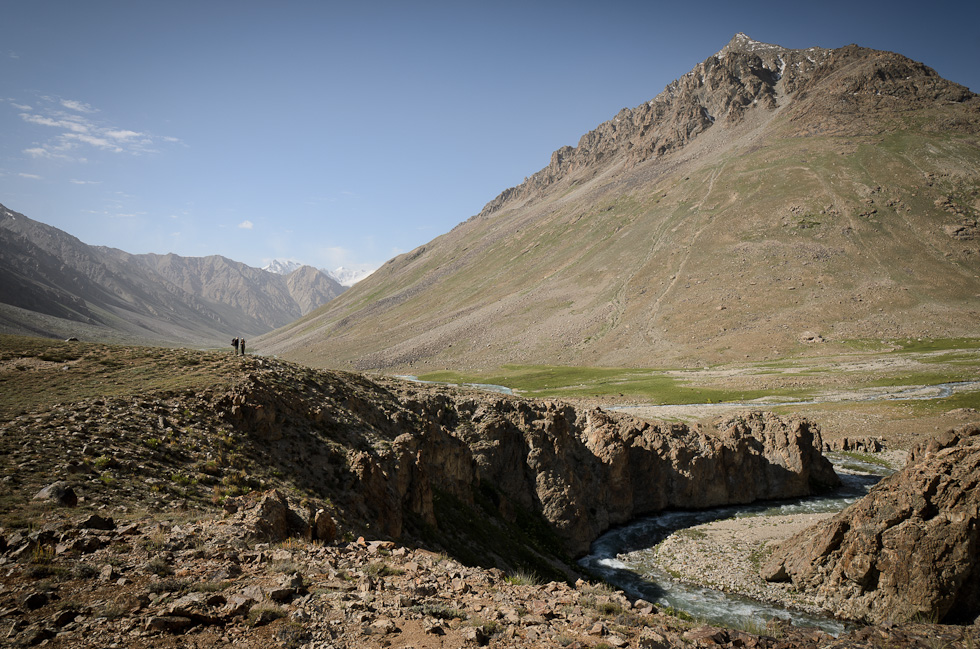
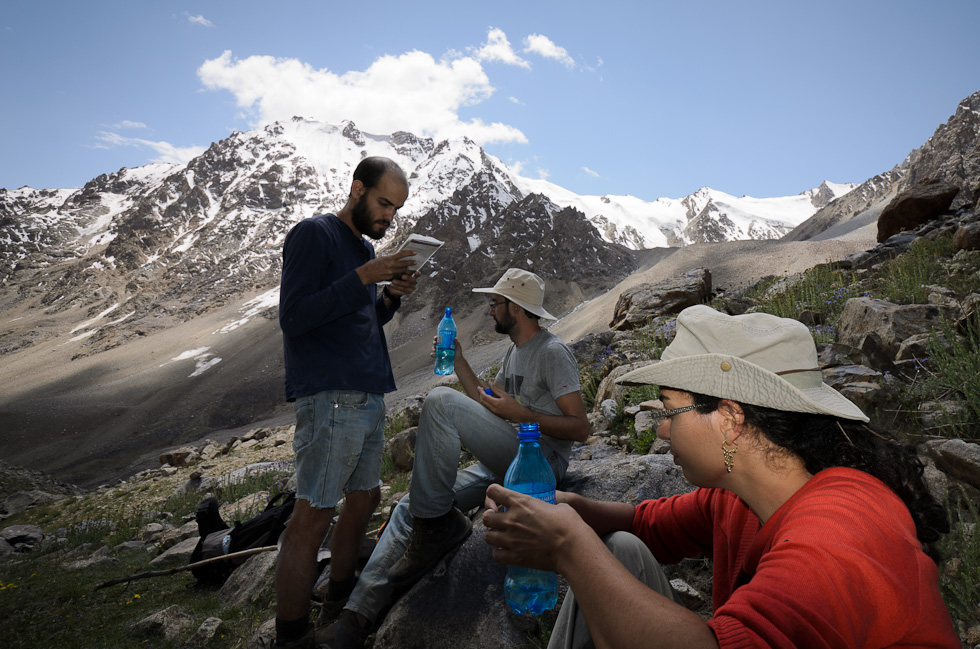
The lake was at an altitude of 4500m above sea level, so it was quite difficult to walk up to, although we made it easier for ourselves by leaving things we only needed for our way back in hidden caches along the way. The final ascent to the lake we did with almost empty backpacks. Nevertheless the altitude made itself quite noticeable.
During our four nights of camping we prepared amazing meals, even baking our own flat bread.
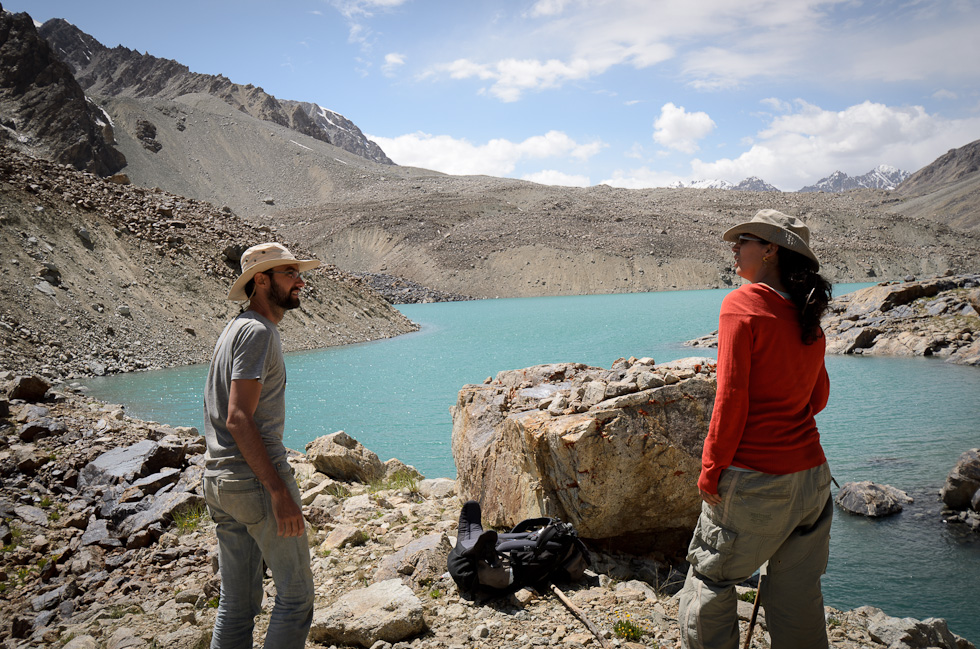
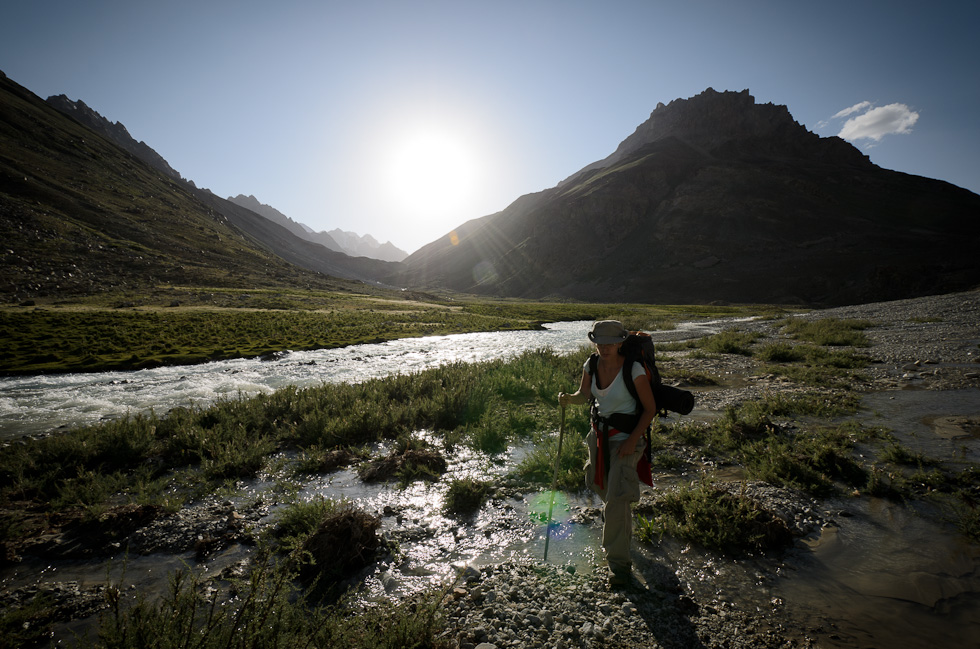
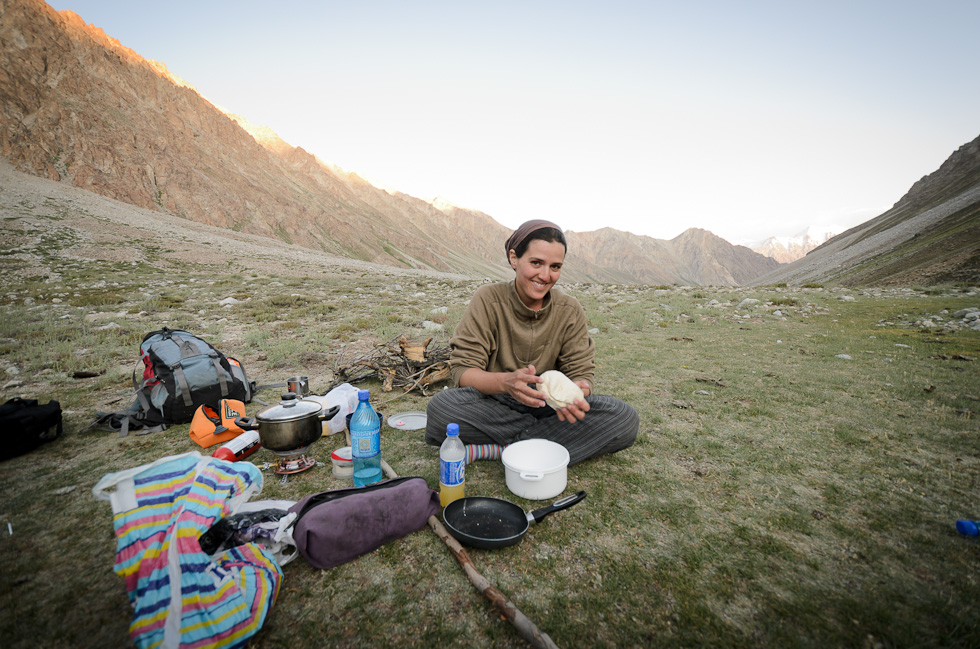
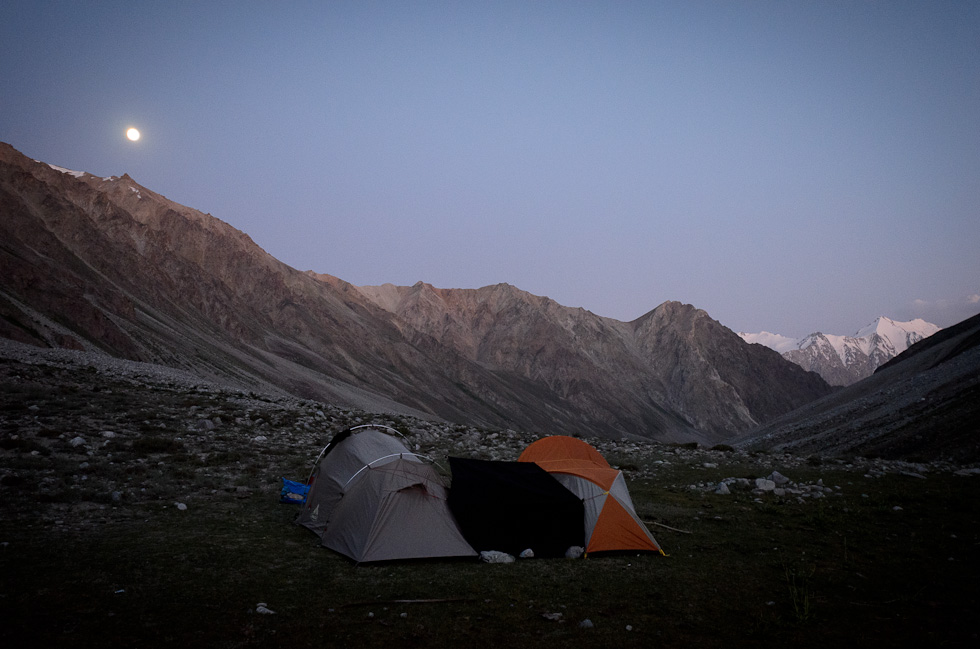
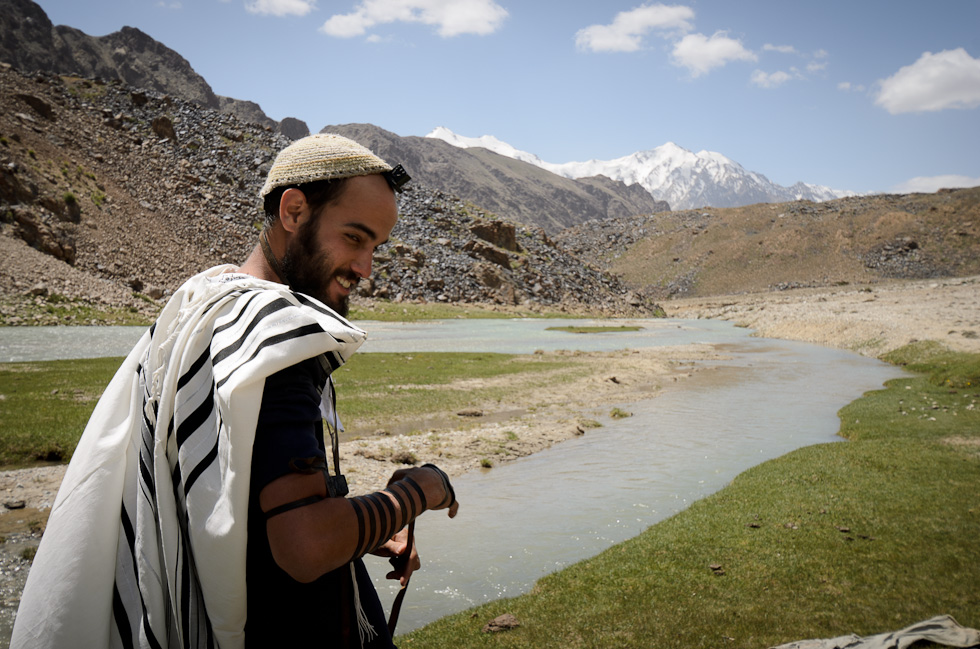
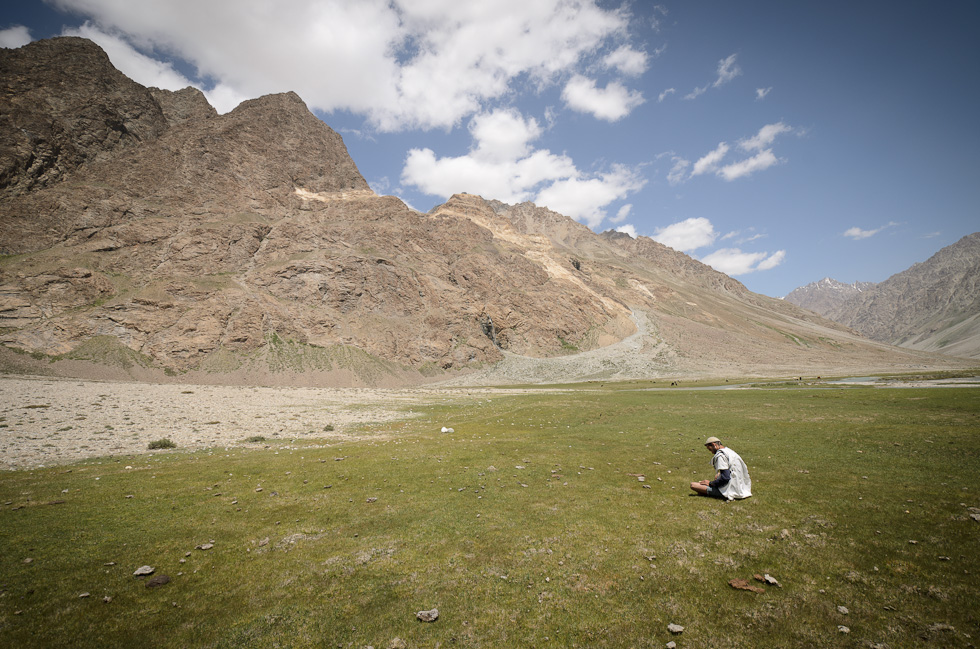
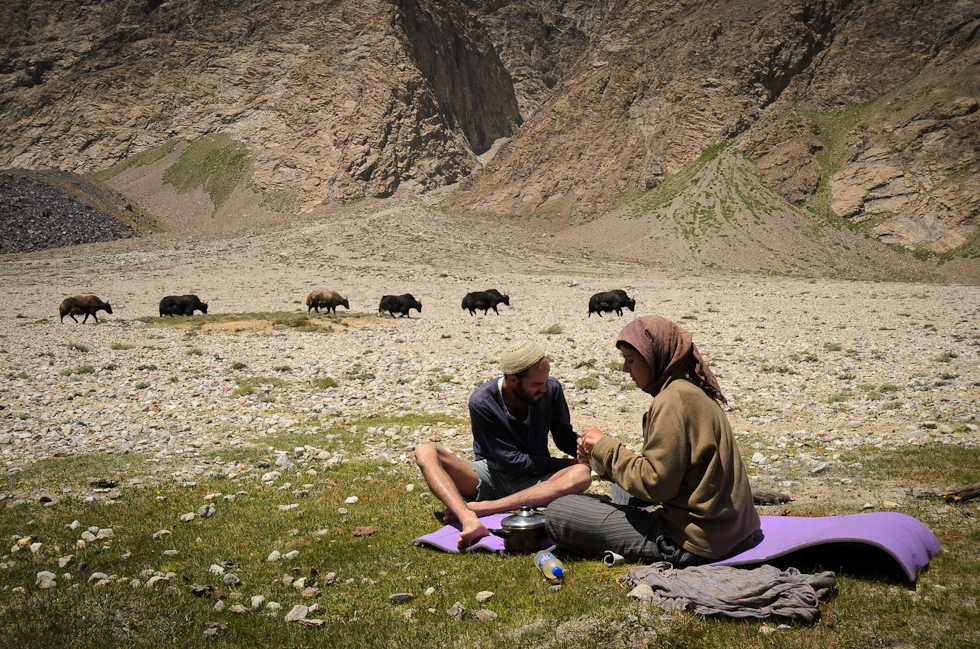
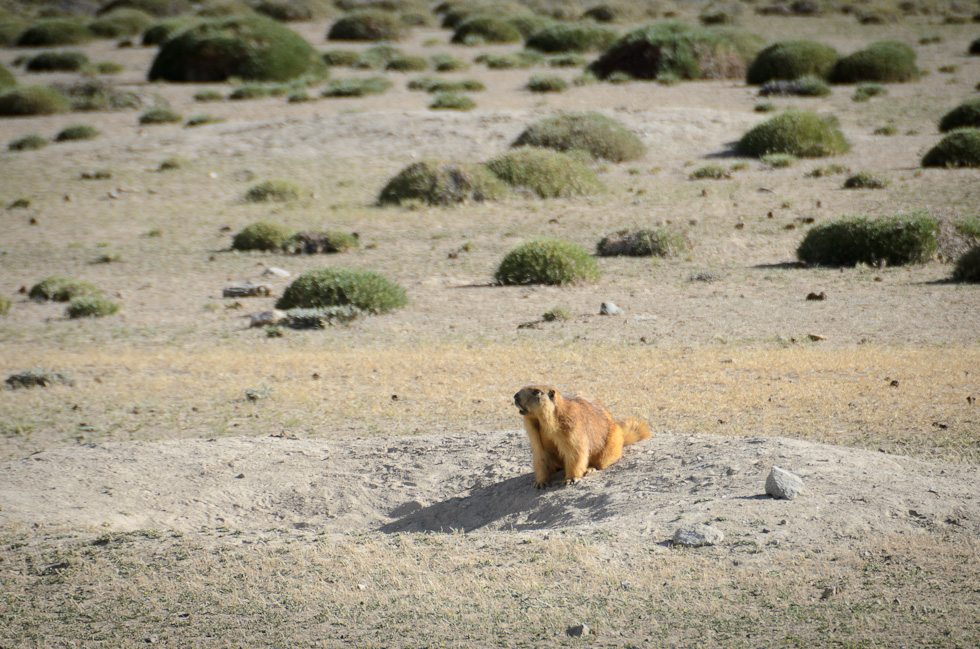
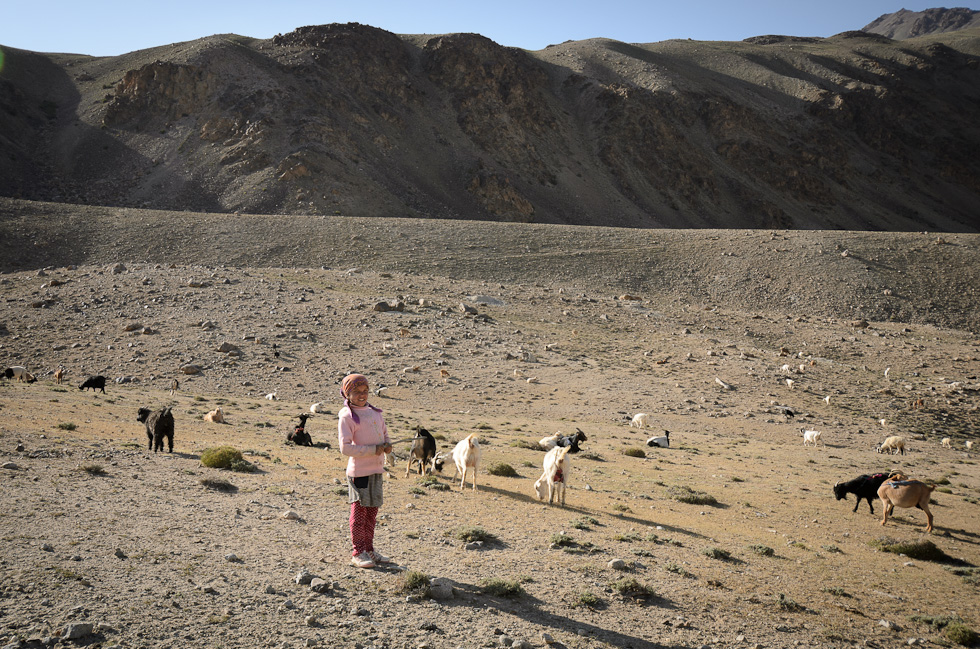
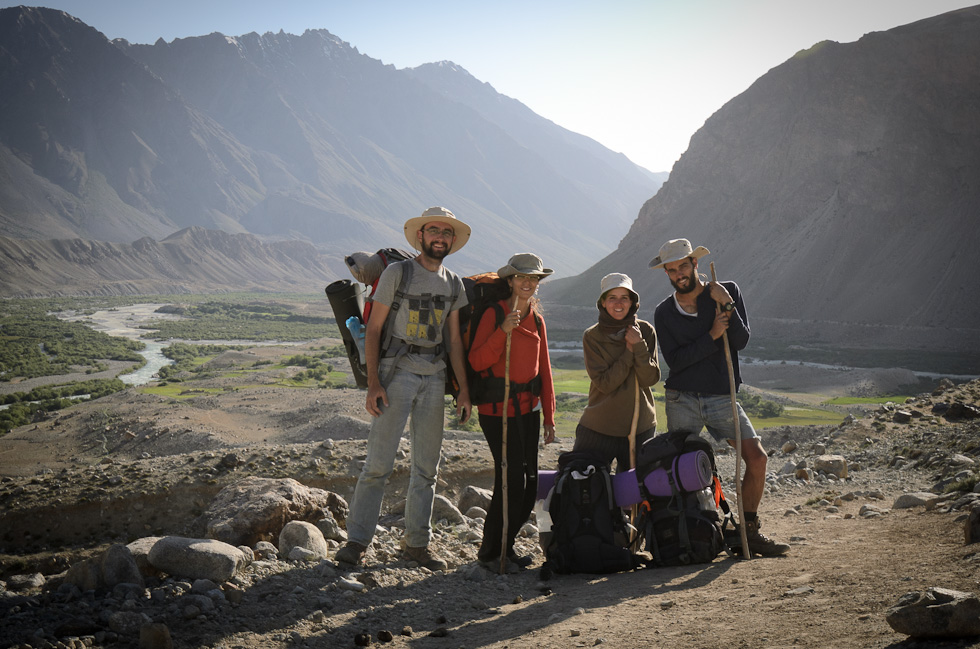
We spent the final night camping outside the house of a local tour guide in Bachor, so we could leave early next morning back on the Pamir Highway in the direction of Murgab, our next stop.
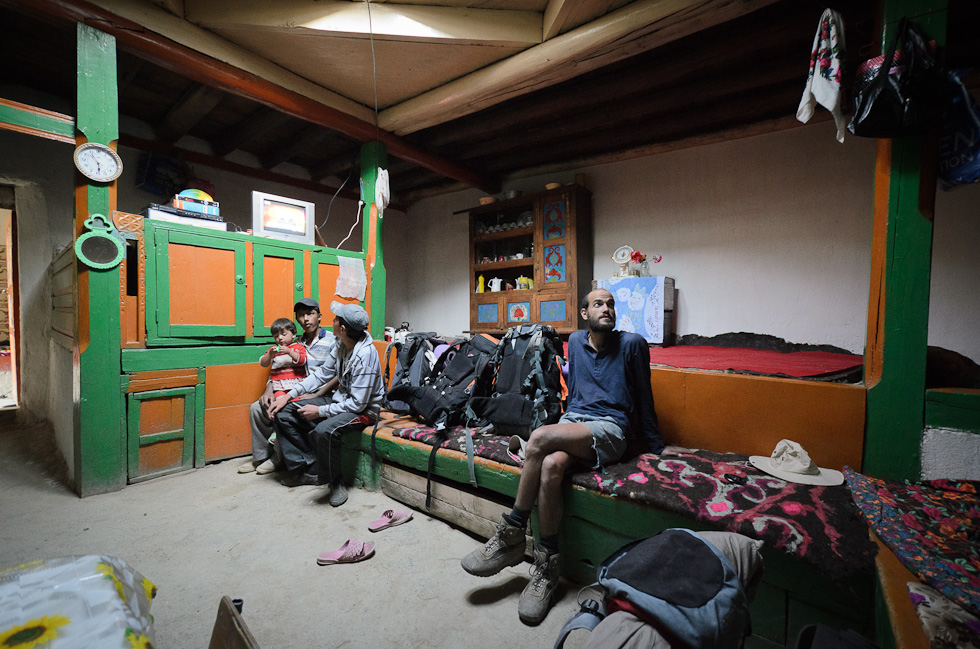
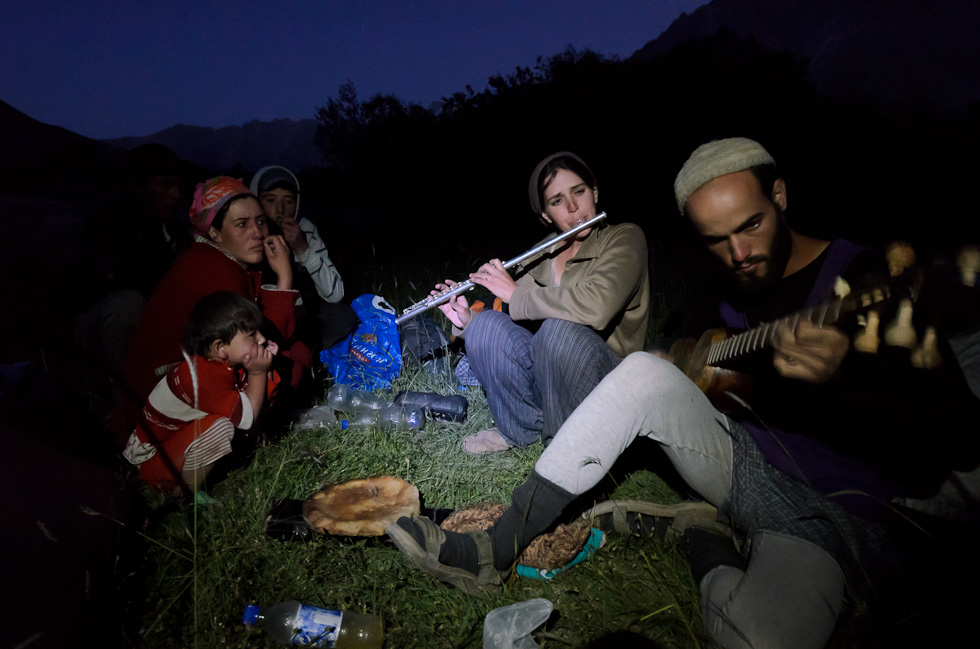
July 16, 2011